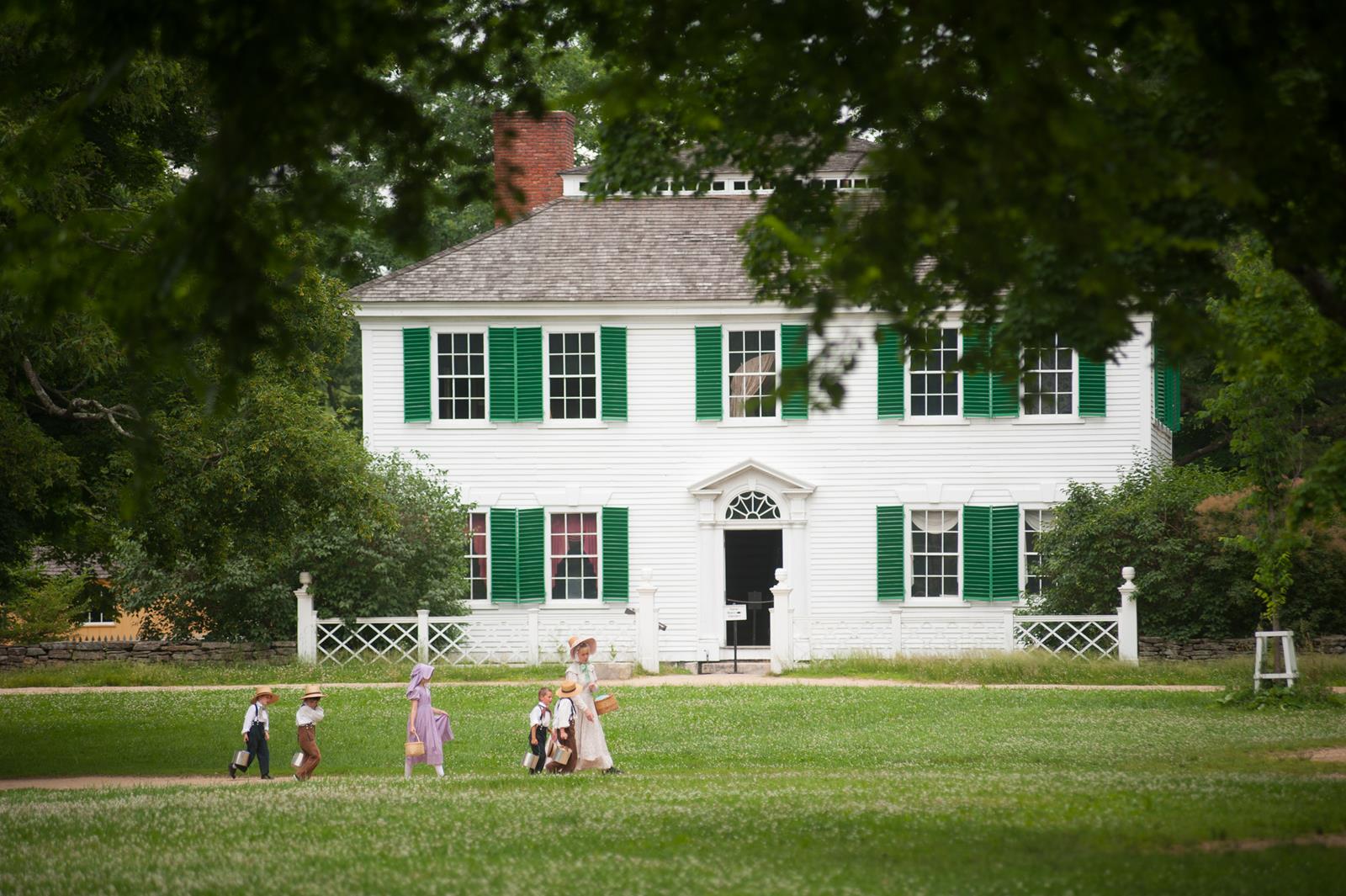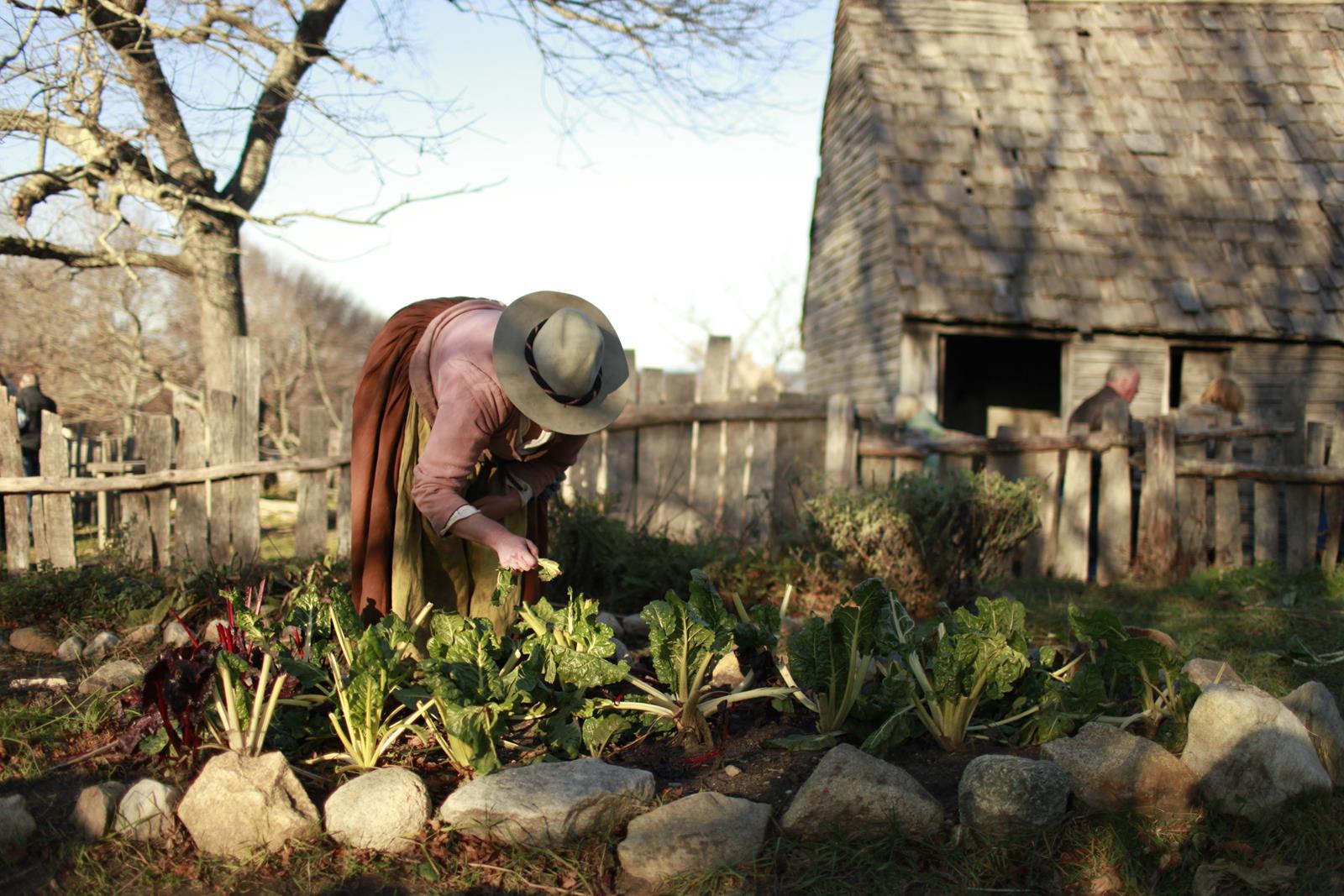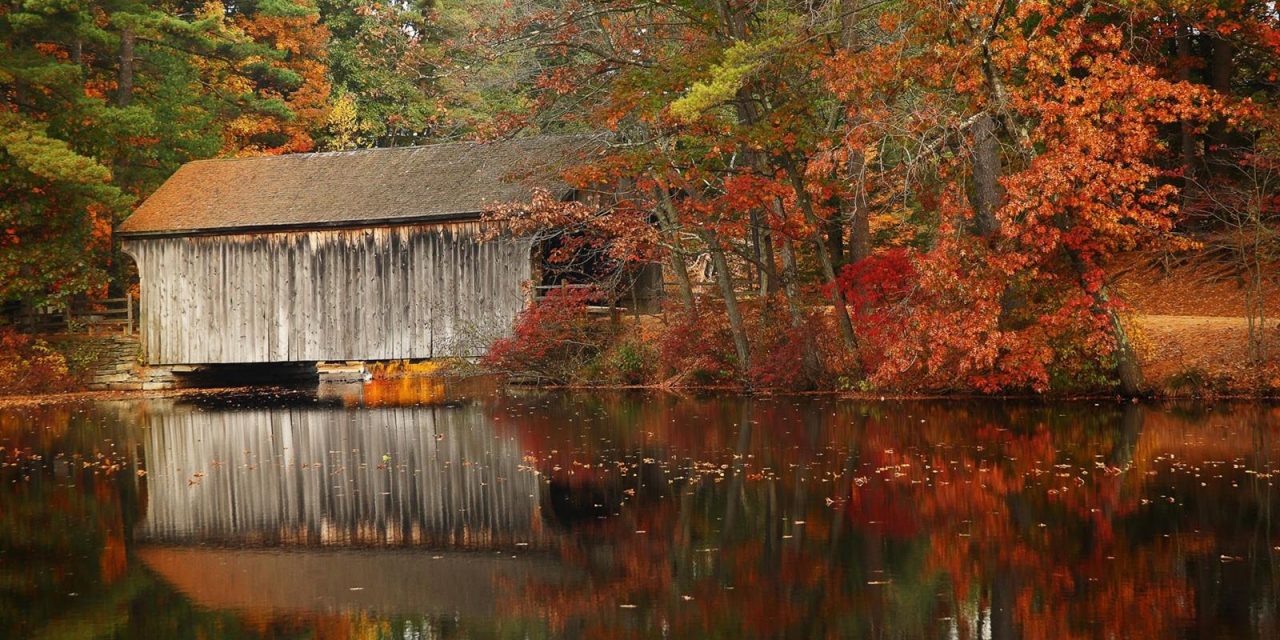The New England Region is teeming with museums and attractions telling the famous story of the country’s founding
As members of the original Thirteen Colonies,Connecticut,Massachusetts and Rhode Island played a vital role in the formation of the United States of America. A visit to the New England region is one that is rich in character and teeming with historic sites, museums, villages and more that embrace the nation’s growth from its earliest days as a fledgling upstart. Here are some historical sites across the region that tournament planners, families, athletes and more will love exploring when it’s time to take a break from the game action.
Boston Tea Party Ships and Museum in Boston, MA
A float on a barge near the Congress Street Bridge, this interactive, high-tech floating museum narrates the events of the legendary Boston Tea Party. Interactions found at the museum include restored tea ships, historical interpreters and artifacts which tell the fabled tale of events that took place on December 16, 1773, when the American colonists dumped 342 chests of British tea into Boston Harbor.
Freedom Trail in Boston, MA
A trip to Boston isn’t complete without a thorough exploration of its 2.5-mile-long Freedom Trail, which winds through the city’s streets to connect 16 historically important sites. Highlighted by a red line which leads to museums, churches, meeting houses, parks, a ship and historical markers, the trail tells the story of Boston’s influence and impact upon the American Revolution. The wonders of the trail include Faneuil Hall, an important meeting place for revolutionaries and abolitionists, as well as the Old State House, home to the colony’s government and the location where the Declaration of Independence was first proclaimed to the people of Boston. The Paul Revere House along the trail was constructed around 1680 and is one of the city’s oldest remaining structures.
The House of Seven Gables in Salem, MA

Constructedin1668forCaptainJohnTurner,theheadofoneofthe most powerful maritime families within the New England colonies, this seaside mansion earned a National Historic Landmark District designation in 2007. The House of the Seven Gables is perhaps best known as the setting of acclaimed American novelist Nathaniel Hawthorne’s 1851 novel of the same name. The present-day museum that persists on the site of the mansion is thanks to the efforts of Caroline Emmerton, a renowned philanthropist and preservationist, who purchased the property in 1908 and restored it.
Nathan Hale Homestead in Coventry, CT
Birth place to Revolutionary War hero Nathan Hale,the homestead is next to the Nathan Hale State Forest. The homestead features a collection of items owned by the Hale family, as well as other private collections and a gift shop. Learn more about the infamously hanged spy for the Continental Army, a Yale graduate who taught school in East Haddam and New London before the war and Connecticut’s state hero. Visitors to the homestead will love coming in October, when friends of the Hale Homestead put on a haunted corn maze. The homestead is additionally the site of the Coventry Farmers’ Market from the first Sunday in June until the last Sunday in October.
Minute Man National Historical Park in Concord, MA
The first engagement of the American War of Independence is brought to life when visiting this historical park, located 25 miles west of Boston. Explore the battlefields and structures associated with the actions of April 19, 1775, when British troops marched out of Boston to nearby Concord in an attempt to seize an arms cache and were intercepted by colonial militiamen. The park is additionally the site of The Wayside, the first literary site added to the National Park Service. The property has been home to three prominent literary families and housed Louisa May Alcott (Little Women), Nathaniel Hawthorne (The Scarlet Letter) and Harriett Lothrop (Five Little Peppers).
Old Sturbridge Village in Sturbridge, MA

Located in Sturbridge, some 60 miles west of Boston,Old Sturbridge Village is one of Massachusetts’ most visited attractions. More than 40 historic homes, craft shops, stores, mills and farm buildings line the streets of this 200-acre site, where costumed interpreters act out life as it was in the early 1800s. You’ll find blacksmiths, farmers, housewives and craftspeople milling about the village as they demonstrate daily tasks that colonists were faced with, while hands-on activities are available for children. The village is even complete with a fully-functional farm that depicts early farming and gardening practices, with livestock and heirloom plant varieties on hand.
Plimoth Plantation in Plymouth, MA

At rip to Plymouth yields fantastic history lessons when viewing the Mayflower II, a replica of the 17th-century ship Mayflower, which transported the pilgrims to the New World. The ship is located at the living history museum Plimoth Plantation, where costumed interpreters recreate the experience of living in early colonial America. The plantation additionally contains exhibits which tell the interwoven stories of two distinct cultures, as it also includes a recreation of a Wampanoag village.
Salem Maritime National Historical Site in Salem, MA
Harkening back to the days when the United States was young, merchant sailors and privateers ventured all across the known world to bring riches home to Salem. This nine-acre park enables visitors to follow the route taken by British regulars as they marched from Boston in the opening moves that began the American Revolution. The site offers guided tours, special events, harbor cruises and more and will host the 32nd Salem Maritime Festival in August of 2020.
Tour Synagogue in Newport, RI
The historic influence and practices of religious cultures that 18th-century colonists like the Quakers, Baptists and Jews brought to the fledgling nation that would become the United States is well documented. Today, this influence is perhaps best reflected by the architecture and buildings that have stood the test of time, including the Touro Synagogue in Newport, Rhode Island, the oldest surviving synagogue in the country. Jewish colonists began building the synagogue in 1759 and completed it in 1763. When the British occupied Newport during the Revolutionary War, the synagogue was spared from destruction because it was being used as a hospital. The beautiful columns, chandeliers and candles can be seen on a tour, while the synagogue still acts as a house of worship.




